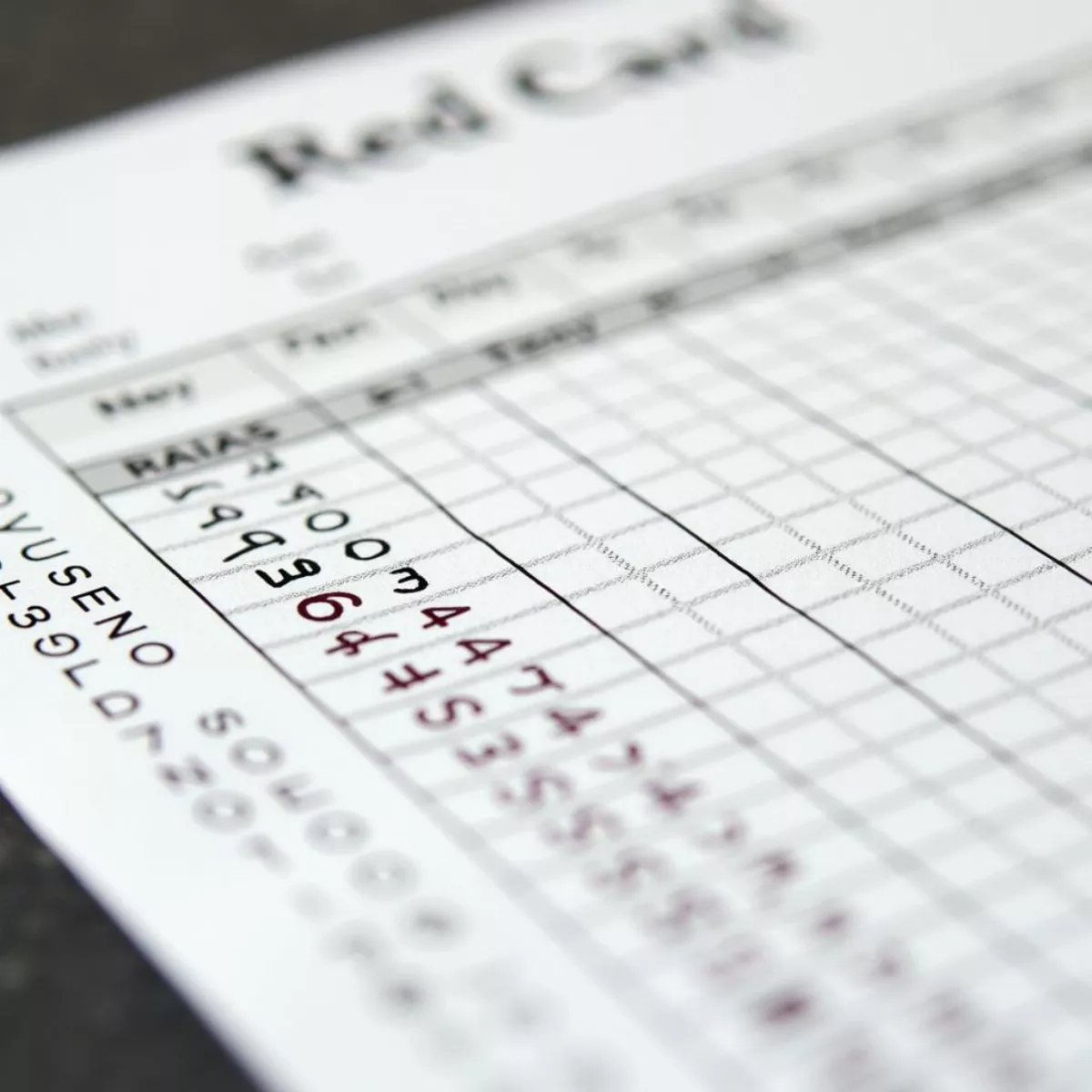Golf, often dubbed “the game of a lifetime,” involves not just skill and strategy but also a unique scoring system known as the golf handicap. But what exactly is a golf handicap, and how does it work on a scorecard? In this guide, we’ll dive deep into the world of golf handicaps and clarify their role in scoring, making it accessible for both new golfers and seasoned players.
What is a Golf Handicap?
A golf handicap is a numerical measure of a golfer’s potential playing ability, calculated from their previous scores. Essentially, it serves to level the playing field, allowing golfers of varying skill levels to compete against each other fairly.
Handicaps are often depicted as a fractional number (e.g., 12.4), and the lower the number, the better the player. A golfer with a handicap of 2 is more skilled than one with a handicap of 18. The way this number translates to your scorecard can significantly impact your game. Let’s explore how it functions.
How Golf Handicaps are Calculated
The Formula
To determine a golfer’s handicap index, the following formula is commonly utilized:
- Determine the adjusted gross score (AGS): This is your total score adjusted for any specific local rules (such as maximum scores on certain holes).
- Calculate the Course Rating: An indication of the difficulty of a golf course.
- Use the following formula:
[
text{Handicap Index} = left(text{AGS} – text{Course Rating}right) times 113 div text{Slope Rating}
]
Where:
- AGS is your adjusted gross score
- Course Rating reflects the expected score for a scratch golfer
- Slope Rating measures the difficulty of a course for a bogey golfer in relation to a scratch golfer.
Example: If your AGS is 85, the course rating is 72, and the slope rating is 130
[
text{Handicap Index} = (85 – 72) times 113 div 130 approx 10.75
]
Scoring With Your Handicap
To apply this on a scorecard during a round of golf, you subtract your handicap from your actual score. This is how your game score is adjusted according to your potential ability.
For example:
- Actual Score: 85
- Handicap: 10.75 (rounded to 11 for simplicity)
You would record:
[
text{Net Score} = 85 – 11 = 74
]
This net score is crucial when competing in tournaments or casual games against players of varying skill levels.
 Golf scorecard example
Golf scorecard example
Using Golf Handicaps on a Scorecard
When you’re out on the course, the golf scorecard will help you track your score and see how your handicap applies. Here’s how you can integrate your handicap into the scorecard effectively:
Components of a Scorecard
Most golf scorecards will include:
- Player Names
- Date of Play
- Hole-by-hole scores
- Total score
- Course Rating
- Slope Rating
- Net Score (with handicap adjustments)
Sample Scorecard Table
| Hole | Par | Your Score | Course Rating | Slope Rating | Net Score |
|---|---|---|---|---|---|
| 1 | 4 | 5 | 72 | 130 | 5 – 11 = 4 |
| 2 | 3 | 2 | 72 | 130 | 2 – 11 = -9 |
| 3 | 4 | 6 | 72 | 130 | 6 – 11 = -5 |
| 4 | 5 | 5 | 72 | 130 | 5- 11 = 4 |
| Total | 36 | Score | Net Score |
In this table:
- Each hole’s score is recorded along with the par for each hole.
- After finishing, calculate the net score by subtracting your adjusted handicap from the actual score.
Note on Course Difficulty
- A higher course slope rating suggests a more challenging course. Expect your handicap to adjust accordingly to reflect these difficulties.
 Golfers on a challenging course
Golfers on a challenging course
Benefits of Keeping a Golf Handicap
Keeping track of your golf handicap has numerous advantages:
- Competitive Edge: Compete fairly against players of different skill levels.
- Personal Improvement: Gauge your performance over time and reset goals.
- Tournament Participation: Many golf tournaments require a verified handicap for eligibility.
Key Takeaways
- Understanding your golf handicap is essential for fair competition.
- Handicaps are calculated based on past performance, course ratings, and slope ratings.
- Your net score is the key number that reflects your performance after adjusting for your handicap.
- Keep good records of your scores to ensure accurate handicap calculations.
- Joining a local club could help you in maintaining and verifying your handicap.
FAQs About Golf Handicaps
1. How often is a golf handicap updated?
Handicaps are typically updated every time a score is recorded, but most systems update on a monthly basis.
2. Can I have a golf handicap if I’m a beginner?
Yes! Beginners can register for a golf handicap as long as they have some scores to report, which can include scores from nine-hole rounds.
3. What if I have multiple handicaps from different organizations?
You should use the lowest handicap to ensure fair competition. However, it’s important to choose one governing body to avoid discrepancies.
4. Is my golf handicap affected by the courses I play?
Yes, the course rating and slope rating impact your handicap, as they indicate the difficulty level of the courses you play.
5. Should I calculate my handicap manually?
While you can, many golf clubs offer online calculators that will compute your handicap accurately based on the latest scores and conditions.
 Golfer using handicap calculator app
Golfer using handicap calculator app
6. Are there benefits to maintaining a low handicap?
Absolutely! A lower handicap not only demonstrates improvement but also opens up opportunities for competitive play in clubs and tournaments.
7. Do all golf courses recognize the same handicap system?
Most reputable golf courses follow the USGA (or other regional equivalent) system, but it’s essential to check with local rules.
8. What is a scratch golfer’s handicap?
A scratch golfer has a handicap of 0. This player has the potential to score at or below par on all courses.
9. How do I maintain my handicap?
To maintain your handicap, consistently submit scores that reflect your play and ensure you report any adjustments accurately.
10. What should I do if I believe my handicap is incorrect?
Reach out to your local golf club or governing body to discuss your calculations and get any necessary corrections made.
By understanding how a golf handicap works on a scorecard, you can enjoy the game more and compete with confidence. Remember that a handicap is just a number; it’s your enjoyment of the game that truly matters. Happy golfing!